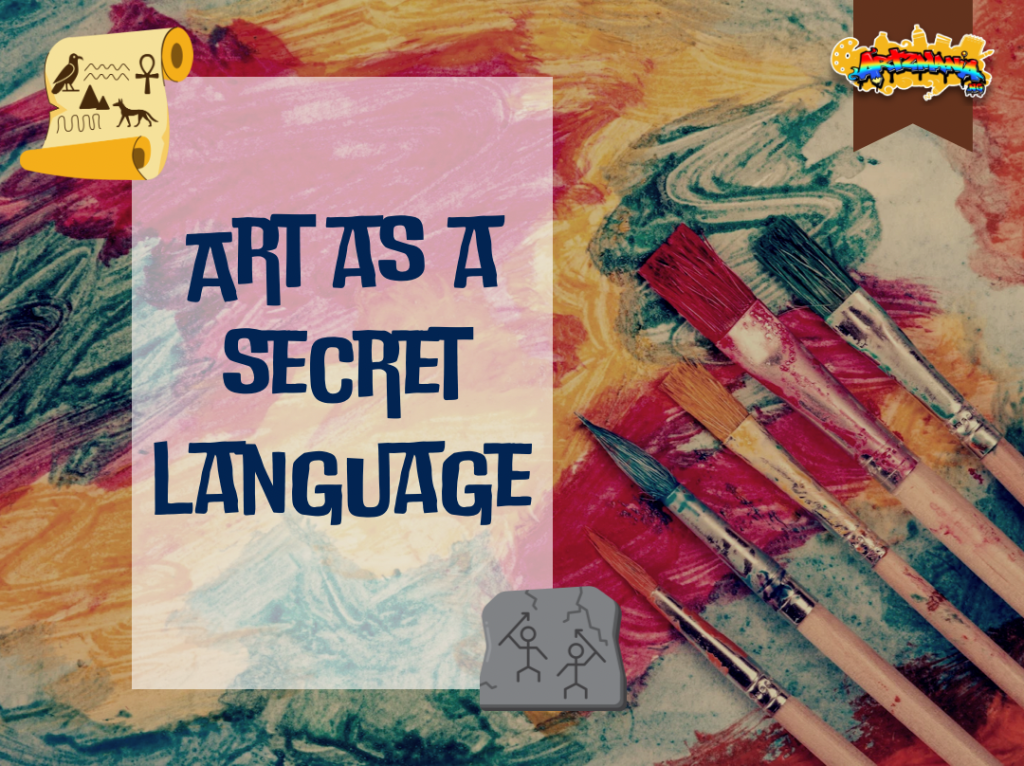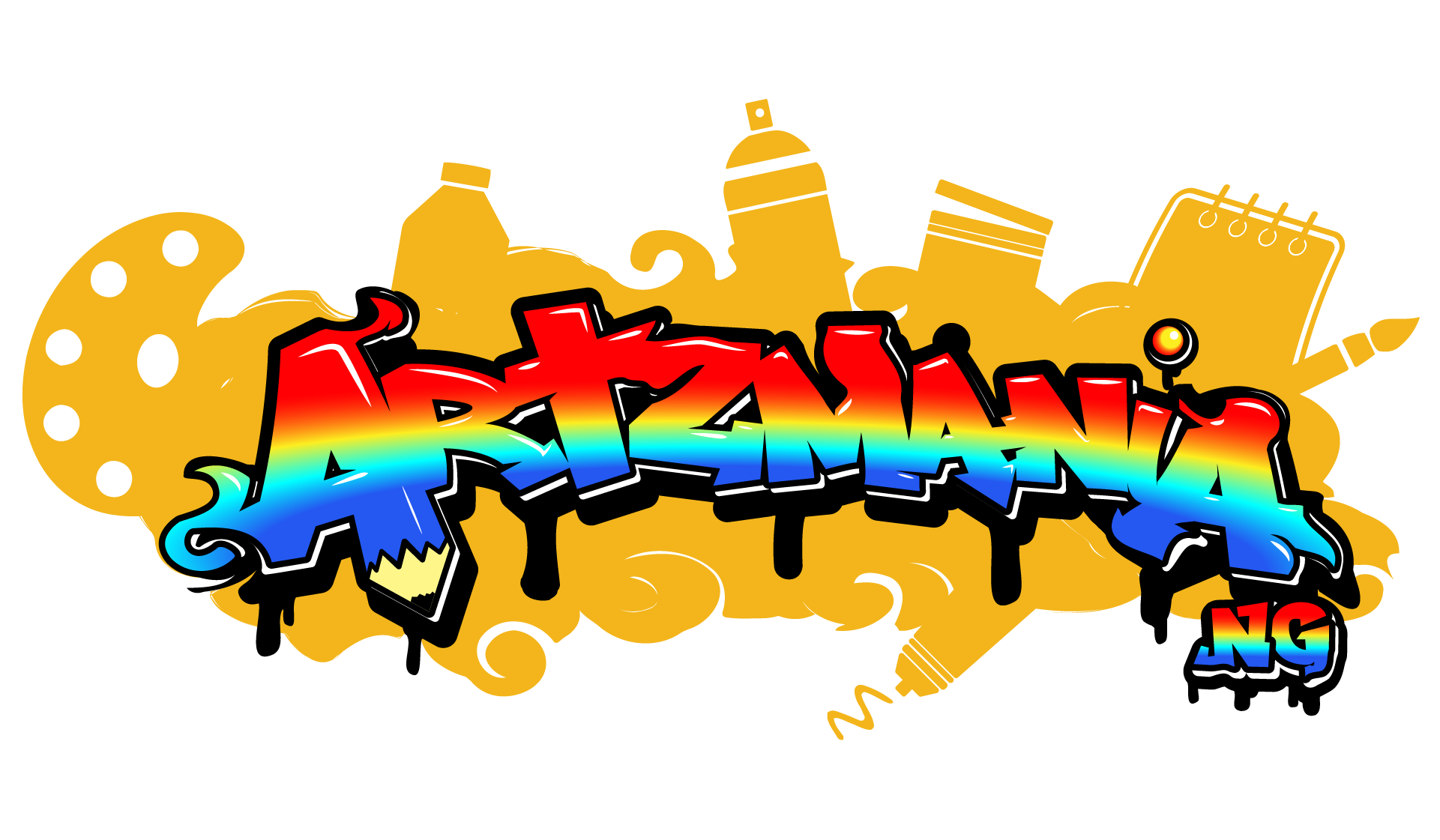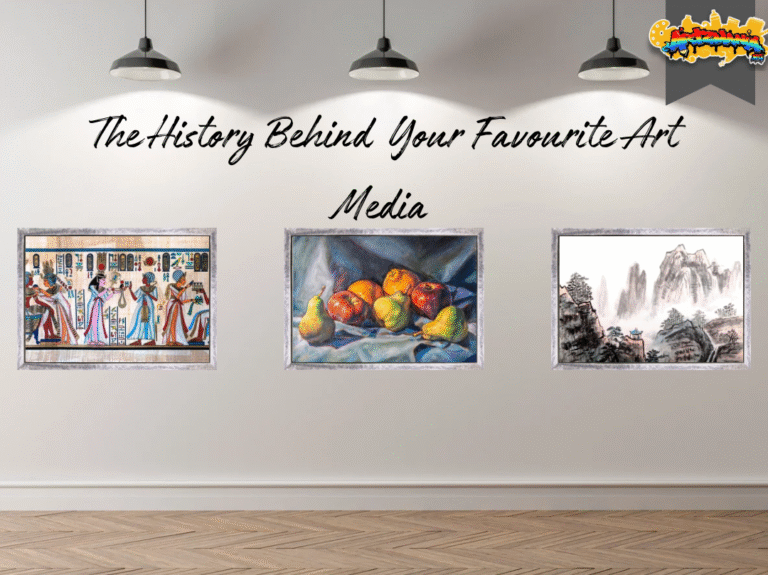
Imagine walking into an art gallery and realizing that every painting is trying to tell you a secret…one you can’t quite hear, but you can feel. The colours hum. The brushstrokes whisper. The textures seem to nudge you closer.
That’s the beauty of art. It doesn’t just speak one language; it speaks many. Sometimes it shouts in colour, sometimes it murmurs in texture, and sometimes it hides entire stories inside the tiniest details. Let’s dive into how artists use symbols, marks, and textures to say what words can’t.
The Original Code Talkers
Before alphabets, before hashtags, humans were already storytellers, they just used walls instead of screens. Those ancient cave paintings scattered across Europe and Africa weren’t random doodles. They were messages about hunts, dreams, rituals, and daily life.
The Egyptians took it even further. Their hieroglyphs were an entire visual vocabulary: the ankh stood for life, the scarab beetle for rebirth, the lotus for creation. Each symbol carried spiritual weight, acting as a password between humans and their gods.
Centuries later, Renaissance artists like Leonardo da Vinci and Michelangelo continued the tradition of hidden meaning. Da Vinci’s works, for example, are filled with scientific, religious, and anatomical references that still keep historians guessing. Art became not just expression but encryption.
Artists Who Leave Breadcrumbs
Some artists speak through their brushstrokes. Others prefer symbols, initials, or marks that act like personal fingerprints. These visual breadcrumbs make their work instantly recognizable, but they also hold deeper meanings.
In the twentieth century, Jean-Michel Basquiat turned symbols into a personal language, mixing crowns, skulls, and cryptic words to comment on power, race, and identity. Keith Haring’s bold outlines and recurring figures carried messages about love, unity, and social change.
To the casual viewer, these marks might seem decorative. To those who look closer, they’re full of conversation.
When Texture Speaks
Texture might be the most emotional language of all. A thick, messy layer of paint can feel raw and passionate, while a smooth, glowing surface can feel calm and transcendent.
Vincent van Gogh’s heavy swirls seem to move with his moods, each stroke full of energy and urgency. In contrast, James Turrell’s installations use light so smoothly that walls and edges disappear, pulling viewers into a serene, almost spiritual experience.
Texture doesn’t just change how art looks; it changes how it feels. It’s how artists let emotion live in the surface itself.
How to Read Between the Strokes
You don’t need to be an art historian to understand art’s secret language. Start by asking different questions. Instead of “What is this painting of?” try “What is it trying to say?”
Notice patterns. Does the artist repeat certain colours, shapes, or marks? Does the texture feel deliberate? These are clues. Learning about an artist’s life or era can add context, but sometimes, your own feelings are the best decoder.
Art speaks differently to everyone, and that’s part of its mystery.
Your Own Secret Language
Every artist has one, even if they don’t realize it. Maybe you use gold paint because it reminds you of light. Maybe you draw circles because they make you feel safe. Maybe you add texture because you want your art to be touched, not just seen.
Your habits and preferences are part of your visual vocabulary. They’re how your art tells your story, even when you don’t explain it.
At Artzmania, we believe that every mark you make matters. Whether you’re sketching, painting, sculpting, or experimenting with texture, you’re not just creating an image, you’re building a language of your own.
Art has always been more than decoration. It’s communication without words, connection without translation, and expression that only grows deeper the more you look.
So the next time you stand in front of a piece of art, take a moment to listen. You might just discover a secret that’s been hiding in plain sight.



